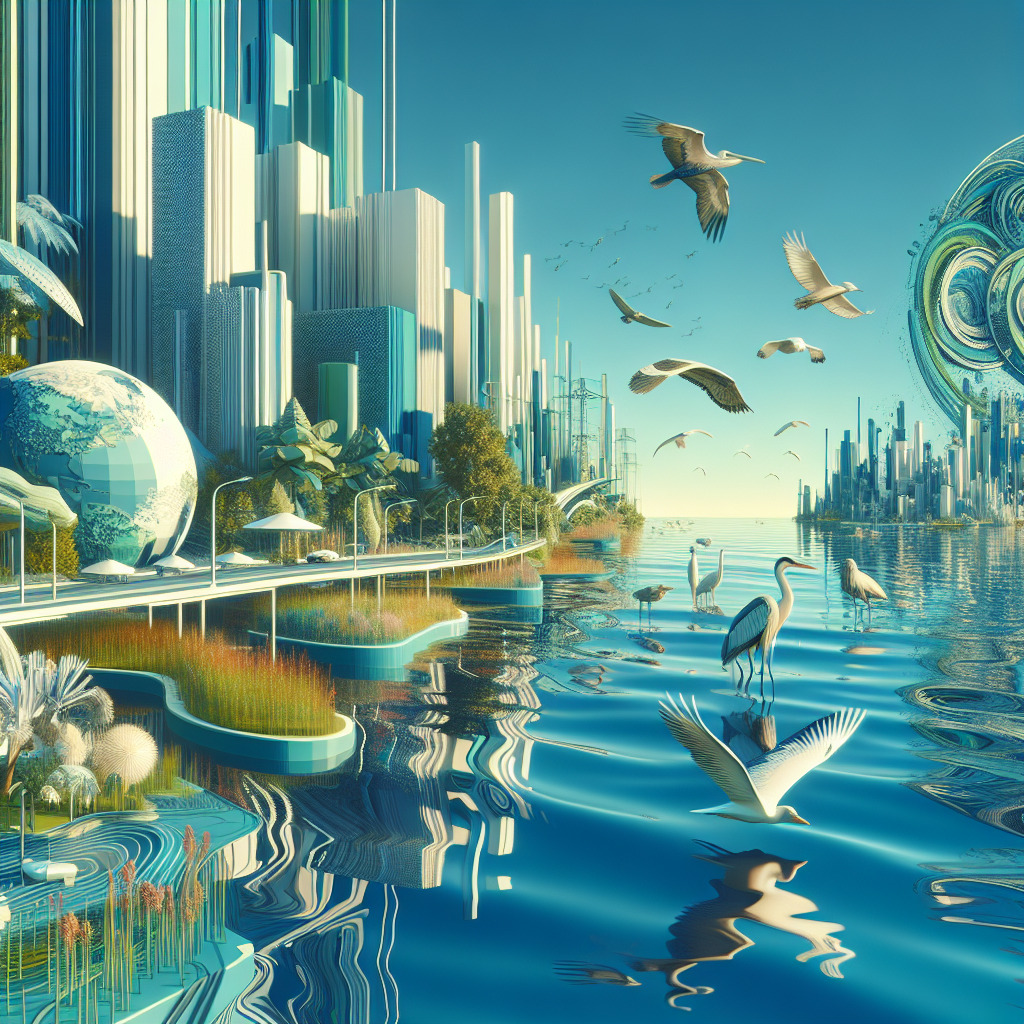Picture this: a coastal lagoon that's one of only six hypersaline ecosystems in the world, spanning two countries, and brimming with diverse life. Welcome to Laguna Madre. Located on the Gulf Coast of Texas in the United States—also stretching into northeastern Mexico—this unique body of water dances between reality and fantasy. Its conditions make it a one-of-a-kind spot, where salt levels surpass those of the ocean, creating a salty sanctuary for both challenges and biodiversity.
Laguna Madre provides a critical habitat for numerous species, including endangered ones, and serves as a hub for bird watchers and nature enthusiasts. With no rivers feeding into it, the lagoon is strikingly different from most water bodies, yet it thrives in its own way. Among the salt marshes and seagrass beds are species like redhead ducks and the iconic Kemp's Ridley sea turtle, drawing those curious to witness its untouched beauty.
Conversations surrounding Laguna Madre often include debates on environmental preservation versus industrial interests. Some argue the importance of economic growth, advocating for development projects that could potentially increase local employment and contribute to the economy. However, these come at the cost of disturbing a delicate ecosystem. Those on the conservationist side push for protection measures to preserve this rare habitat for future generations. They emphasize the importance of maintaining biodiversity and the adverse impacts industries can have when encroaching on natural habitats.
Our modern world constantly battles between progress and preservation. The fight to protect Laguna Madre isn’t just about saving a beautiful place; it represents a stand for the inherent value of nature against encroaching human activities. This ecosystem acts as a barometer for our planet's health. As climate change accelerates, hypersaline environments like Laguna Madre might give unique insights into resilience.
Of course, the need to produce renewable energy is urgent, and many see areas like Laguna Madre as potential sites for wind farms or other sustainable projects. The challenge remains to balance implementing green technologies without disturbing these precious ecosystems. Even renewable energy projects, if not carefully managed, can lead to habitat loss and species displacement, which conservationists view as a contradiction.
Running down to the practical, Laguna Madre isn’t just for the birds, literally. It supports local fisheries and offers a boost to the tourism industry. Visitors come from all over to kayak across its waters or explore the endless stretches of seagrass beds. Local communities rely on tourism, but they tread a fine line between welcoming visitors and preserving the very environment those visitors come to see.
Educating the public plays a significant role in preserving Laguna Madre. It’s not enough to admire from afar; awareness can drive the push for better conservation policies. Young activists and researchers are diving headfirst into understanding the lagoon's complexities. Their studies offer tools to advocate for better legislation that protects these fragile ecosystems.
The debate surrounding the future of Laguna Madre also opens up conversations about how we approach conservation in larger contexts. Do we prioritize short-term gains, sacrificing biodiversity, or do we shift toward a model that values environmental preservation? Gen Z seems more inclined to champion the latter, seeking sustainable solutions that ensure ecosystems like Laguna Madre endure despite pressures from development and changing climates.
Laguna Madre shows that environments with extreme conditions don't just survive; they adapt and thrive. As butterflies flutter over salty shores and rare birds find sanctuary among the reeds, we see not anomalies but possibilities. These unusual landscapes are living proof of nature's resilience. They remind us that while development is inevitable, it's our responsibility to ensure that progress does not pave over the very things that make our planet unique.

